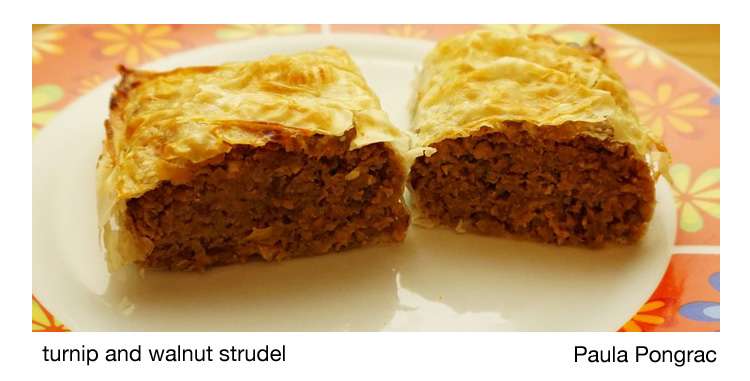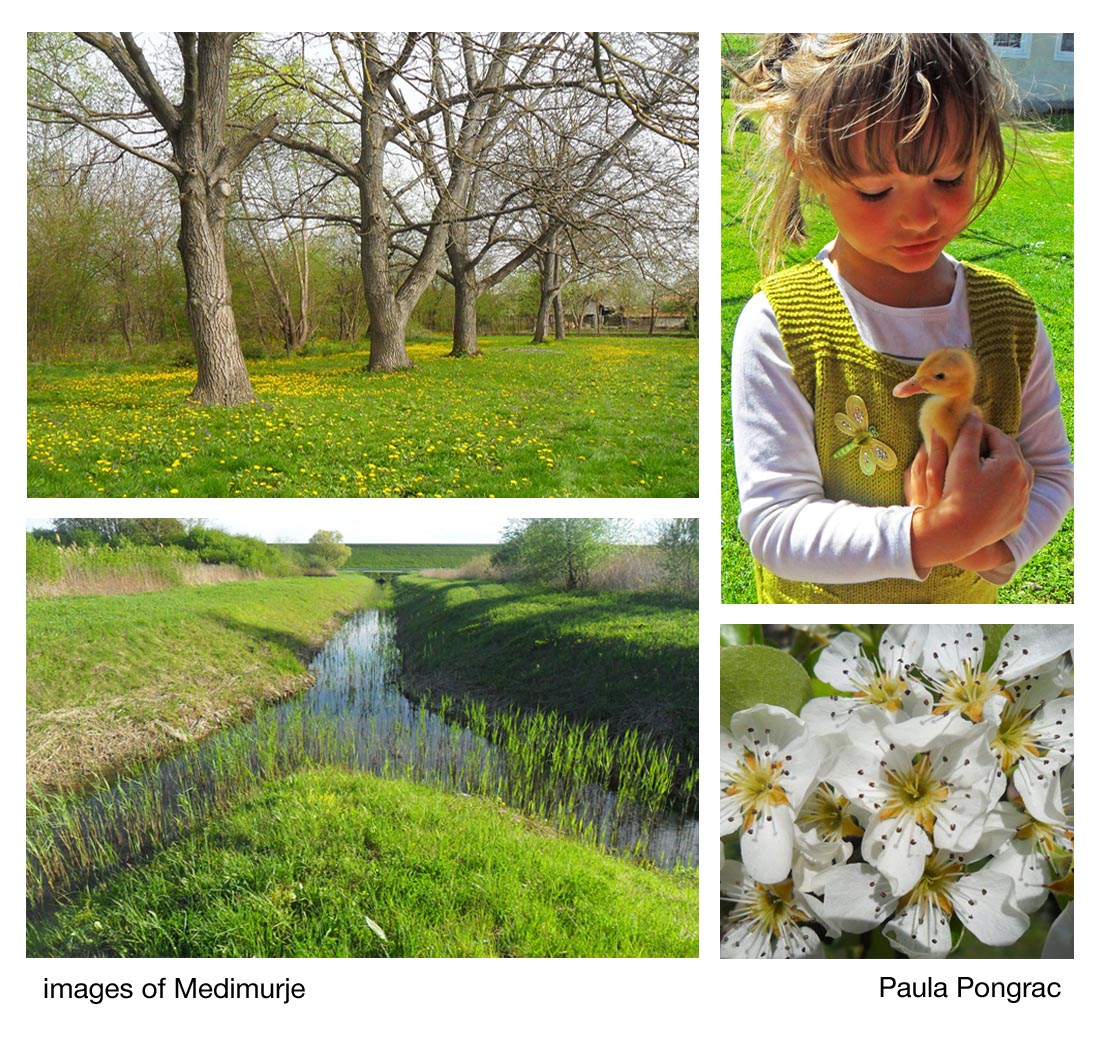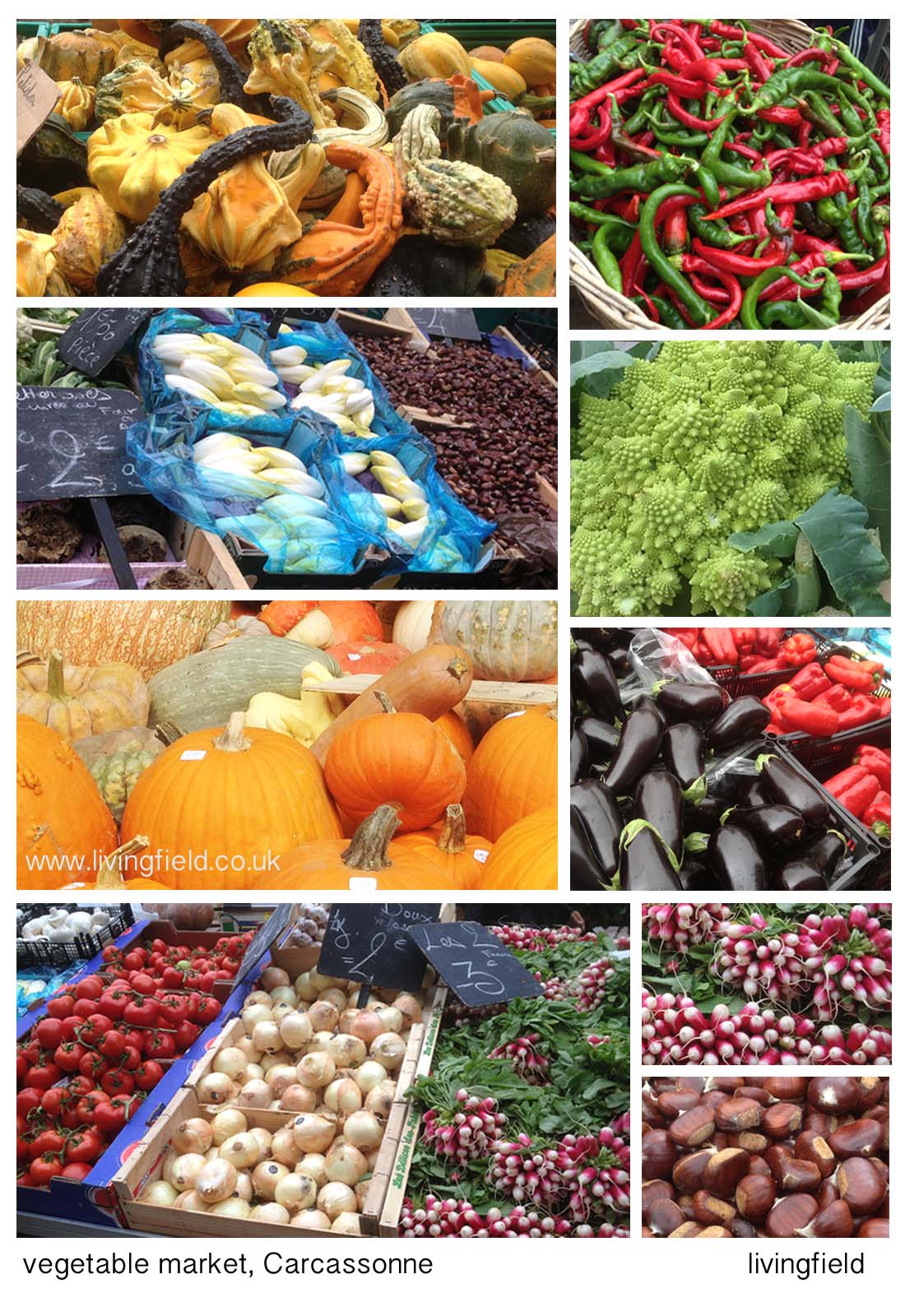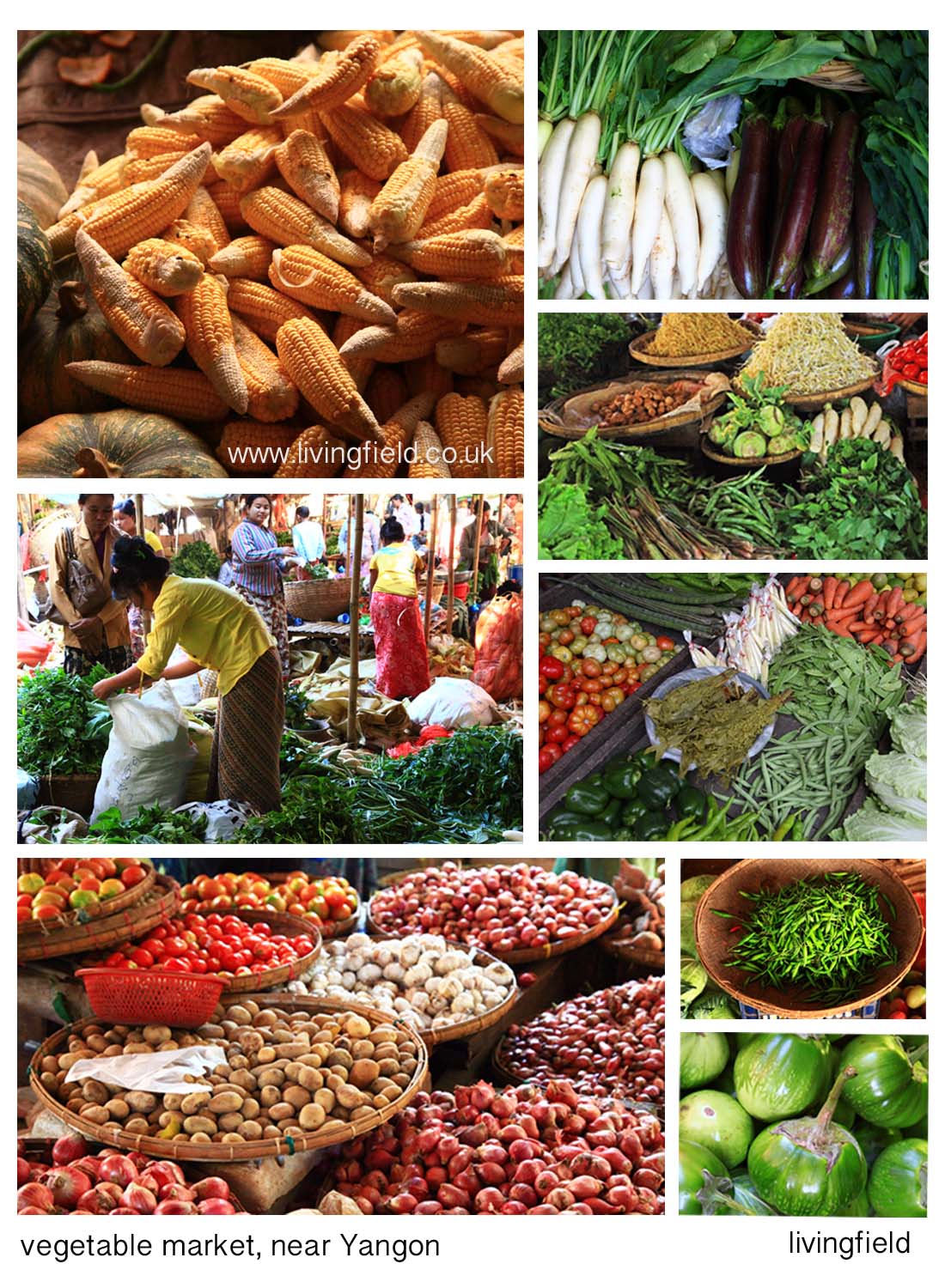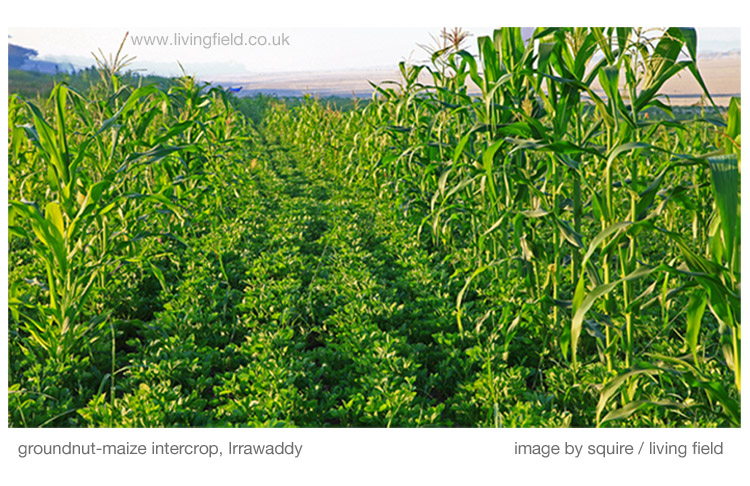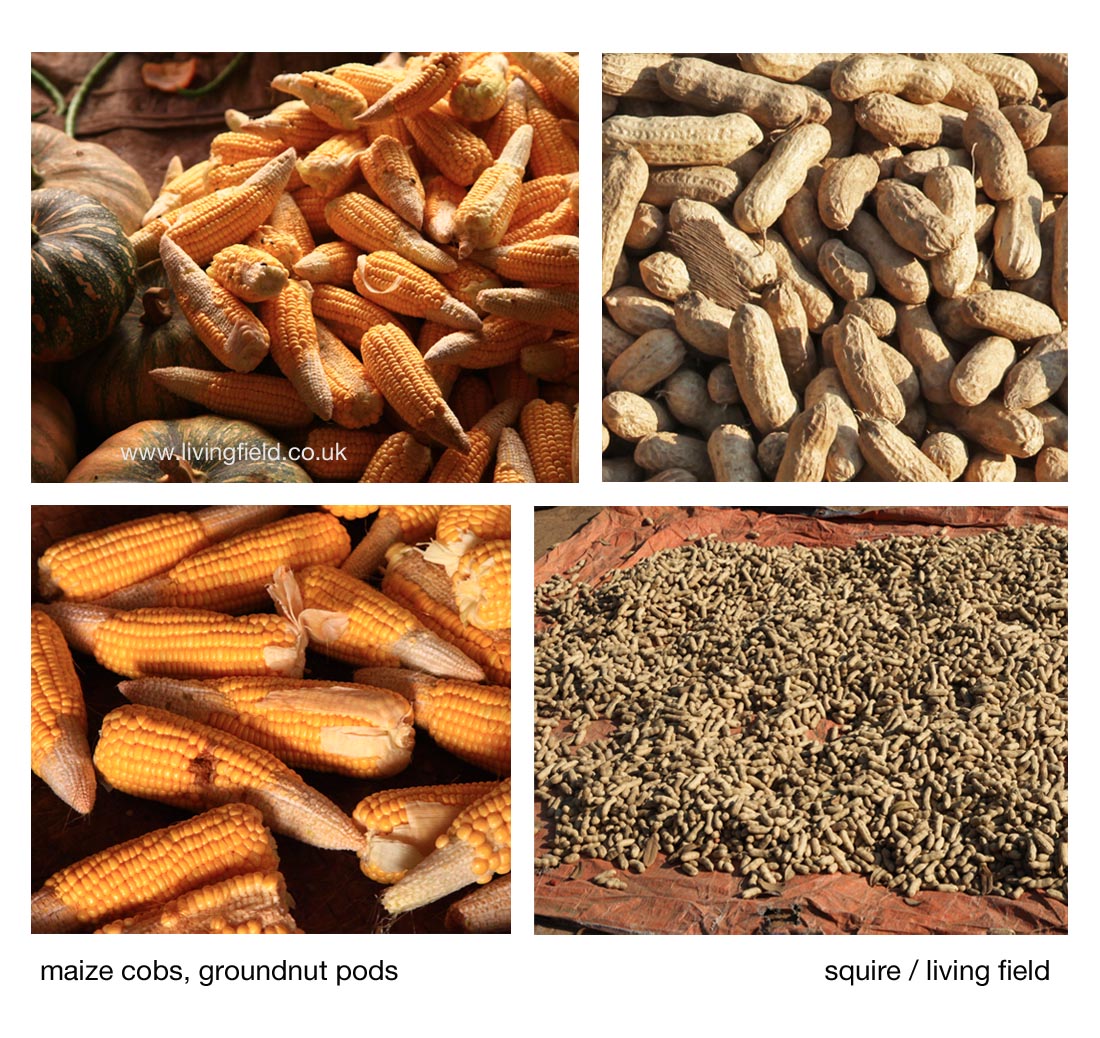During his session at the Dundee Jazz Festival, at the Frigate Unicorn on 18 November, Mike Whellans performed the blues classic Cornbread, peas and black molasses. Memories…
Made popular in folk and blues clubs this side of the Atlantic by Sonny Terry and Brownie McGee, it was a work song – forced work – a complaint on a monotonous diet. The song leads back to a dark history, but also to an enlightened discovery of the cause of a serious dietary deficiency that was thought to be an infectious disease.
The constituents
Cornbread is made from maize flour (maize is corn in the Americas) and black molasses from cane sugar (known as black treacle here). So that’s two members of the grass family, originally accompanied by fatty preserved meat, constituting the food of slaves, chain gangs and many rural poor. In fact, the words go Cornbread meat and black molasses in some versions of the song.
Not a healthy diet therefore and the cause of the disease pellagra, a deficiency in the vitamin niacin (B3 or nicotinic acid). Symptoms include sores covering large areas of the skin, vomiting, diarrhoea and eventually dementia.
At some point ‘peas’ entered the title, but they would probably have made little difference to the prevalence of the disease unless they were fresh.
Pellagra and niacin deficiency
The discovery by Joseph Goldberger in the USA that pellagra was a vitamin deficiency was a victory for logic and experiment over presumption and superstition. (See the links below under Sources.)
So where does the vitamin niacin come from. It is made in plants. They take up minerals from the soil and with the products of photosynthesis, make, for their own purposes, what we know as vitamins.
The deficiency has been associated with areas that consume maize (or sorghum) as the main staple carbohydrate, notably in the south of the USA, but including parts of southern Europe in the 1700s. Maize contains niacin, but not in a form readily available to humans.
A note on the Linus Pauling Institute’s page on niacin reads: “Interestingly, pellagra was not known in Mexico, where corn was also an important dietary staple and much of the population was also poor. In fact, corn contains appreciable amounts of niacin, but it is present in a bound form that is not nutritionally available to humans. The traditional preparation of corn tortillas in Mexico involved soaking the corn in a lime (calcium oxide) solution, prior to cooking. Heating the corn in an alkaline solution results in the release of bound niacin, increasing its bioavailability.’
Foods rich in niacin include pulses such as peas and groundnut (peanut), some fresh fish and meat, wheat bread, green leafy vegetables and fruits; and it’s this sort of food that the poor or enslaved pellagra victims did not get.
Sources
Pellagra and niacin
Linus Pauling Institute, Oregon State University: Niacin
http://lpi.oregonstate.edu/mic/vitamins/niacin
Poverty, slavery and the discovery of dietary deficiency
Middleton J. 2008. Pellagra and the blues song ‘Cornbread, meat and black molasses’. Journal of the Royal Society of Medicine 101, 569-570. Also Middleton J. 1999. The blues and pellagra: a public health detective story. BMJ 319, 7218.
National Institute of Health Office of History (USA) Dr Joseph Goldberger & the war on pellagra.
US Slave blogspot http://usslave.blogspot.co.uk/2012/01/slave-diet-low-in-niacin-causes.html (Note: includes images of people afflicted by the disease)
Singers and songs
Mike Whellans web site: http://mikewhellans.co.uk/biography.htm
The Mudcat Cafe (discussion forum on trad songs): Cornbread peas and black molasses.
Worksongs.org http://www.worksongs.org/blog/2013/01/25/cornbread-and-peas-black-molasses
See Worksongs.org link above or search U-tube for the song title + Sonny Terry & Brownie McGee, Johnny Silvo or Mike Whellans.
Links to other livingfield pages that touch on slavery: Empire at Wall projects II Montrose; It was slavery days.
Ed: first heard Cornbread peas and black molasses sung by Johnny Silvo quite some time ago, but no idea at the time what cornbread and molasses were. Good, also, to listen to Mike Whellans again. He played for a time with Ali Bain on fiddle, touring the folk clubs in the 1980s; never forget their versions of Sweet Georgia Brown and Jimmy Clay (on a vinyl LP called Ali Bain – Mike Whellans).
Great venue, the Frigate Unicorn – an upper room stretches almost the whole length of the ship.
Contact: geoff.squire@hutton.ac.uk

